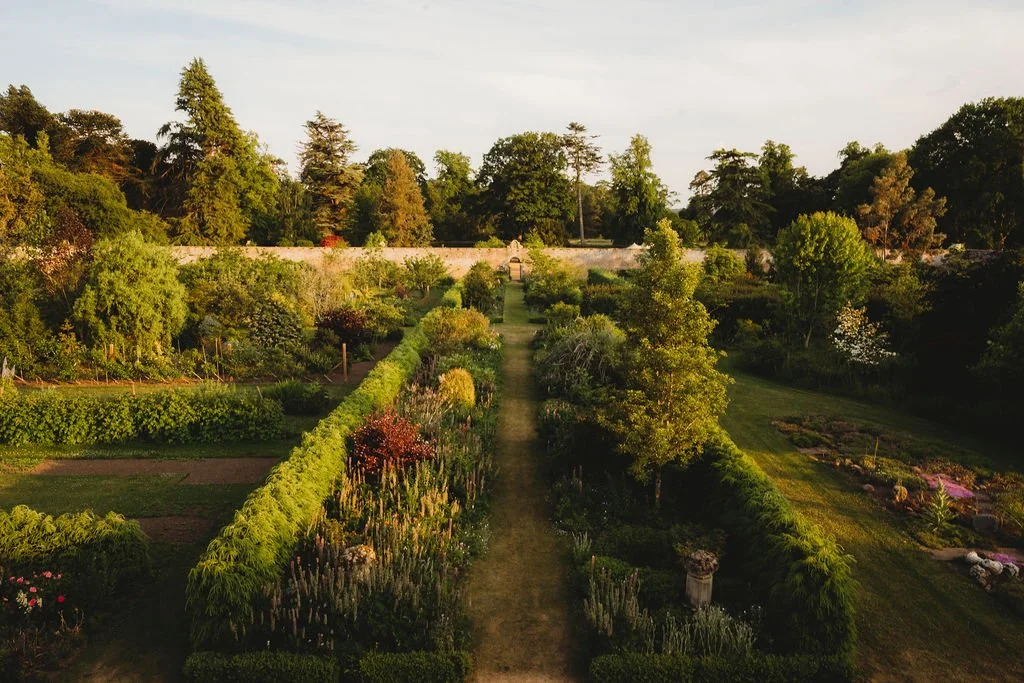July Garden Update
What Is A Weed…?
As a vocation, gardening offers up so much variety throughout the year. Having said this, there are months at a time when there isn’t an awful lot to do but weed and tidy. It’s a Sisyphean effort albeit one with a satisfyingly tangible end result, and it gives you chance to catch up on podcasts. It also, for a while anyway, gives access to a sort of hypnotic calm that comes about as a result of doing such focussed and unvaried work.
During these periods my mind wanders and I find myself thinking about the weeds themselves. What constitutes a weed is a question that comes up often; it seems simple on the surface but on closer inspection becomes more and more difficult to answer. I think to unpick it, we have to agree on two things: firstly, that gardening is an aesthetic pursuit, and secondly that aesthetics are highly subjective and mutable. What might be undesirable to you or I could have unseen value to somebody else. Take ragwort for example – a plant which is roundly vilified but it is a. beautiful in the right setting, and b. the foodstuff of the cinnabar moth, which is in decline due to control of ragwort. I am also selective - when weeding the big borders, I will clear the front but leave all the little soft annuals (chickweed, bittercress, groundsel, willowherb) that still proliferate unseen under the canopies of herbaceous plants. Under here, starved of light, they do no harm and as a wiser woman than me once said life’s too short to stuff a mushroom. Context is also important – when asked whether a plant is a weed, instead of saying yes or no, I usually reply that I treat (for example), herb Robert as a weed here, but might leave it in another area where a wilder look is more appropriate. I have several bosky corners in the garden where plants I’d remove from other beds proliferate, and there is a beauty in how this presses up against the stricture of the rest of the plantings.
When your eyes are opened to this new aesthetic, you see it everywhere. On my drive to and from work as I pass car showrooms and the municipal tip I see by the side of the road ribbons of sea kale, common mallow, mugwort, mignonette, docks, thistles, and poppies, all combined in a beautiful jumble. These areas are not at all unmanaged – they are strimmed at seemingly random times throughout the year and gritted liberally through the winter, all of which amount to human intervention, and will alter the plant communities able to thrive here. Perhaps this is my own inability to answer a straightforward question, but maybe the question is not what is a weed, but rather what is a garden.
❦
If you haven’t already done it, now is the time to cut back any perennials you might eke a second flush out of. For us this is mostly Nepeta, hardy geraniums, Knautia, and some Salvia. It can seem a wrench when they still look ok but the space gives other plants some breathing space, and they will fill out again quickly providing a fresh green foil for the late summer flowers. We’ve dropped some cosmos and nicotiana into the gaps they’ve left behind, in the hope of some late season colour. In July we’ll also be pruning all of our plums, apricots, and cherries. Now is the best time to do this to avoid the dreaded silverleaf, a progressive and usually fatal disease of stone fruits that proliferates in summer. Alongside this we’ll keep picking sweet peas and salads, and will see you again in September after a well-earned August break for everyone involved in pulling together the newsletter. Until next time!
Kate

